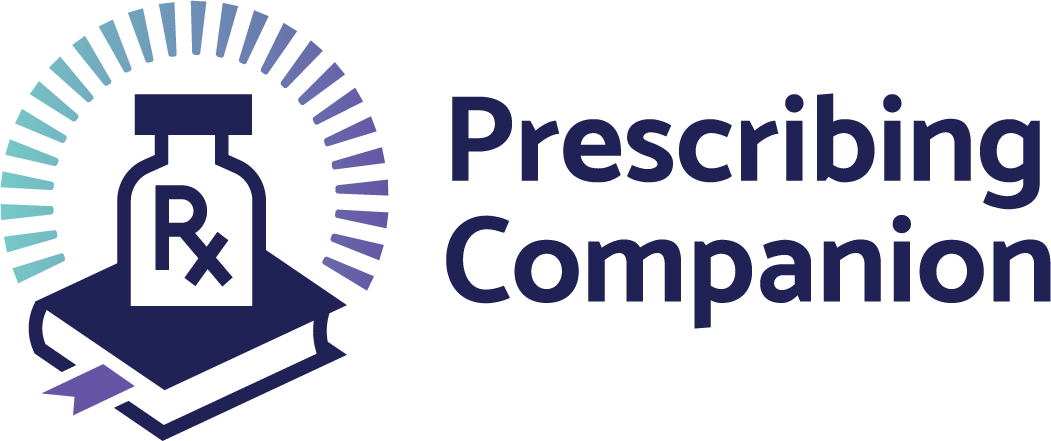COUGH OR DIFFICULTY IN BREATHING IN CHILDREN
exp date isn't null, but text field is
Cough and difficulty in breathing are common problems in young children. They range from a mild, self-limited illness to severe, life-threatening disease.
- Common cold – most common
- Pneumonia,
- Effusion or empyema
- Croup
- Asthma
- Bronchiolitis
- Tuberculosis
- Pertussis
- Diphtheria
- COVID19
Signs and symptoms
General
- Central cyanosis
- Severe palmar pallor
Chest
- Respiratory rate (count during 1 min when the child is calm)
- Fast breathing:
|
Age |
Respiratory rate per minute |
|
< 2 months |
≥ 60 breaths |
|
2–11 months |
≥ 50 breaths |
|
1–5 years |
≥ 40 breaths |
- Lower chest wall indrawing
- Hyperinflated chest
- Apex beat displaced or trachea shifted from the midline
- Raised jugular venous pressure
- On auscultation, coarse crackles, no air entry or bronchial breath sounds or wheeze
- Abnormal heart rhythm on auscultation
- Percussion signs of pleural effusion (stony dullness) or pneumothorax (hyper-resonance)
- Apnoea
- Gasping
- Grunting
- Nasal flaring
- Audible wheeze
- Stridor
- Head nodding (a movement of the head synchronous with inspiration indicating severe respiratory distress)
- Tachycardia
Abdomen
- Abdominal masses (e.g. lymphadenopathy)
- Enlarged liver and spleen
Investigations
- Pulse oximetry to detect hypoxia
- Full blood count
- Chest X-ray only for children with severe pneumonia or pneumonia that does not respond to treatment or complications or unclear diagnosis or associated with HIV
- Gene-Xpert
Differential diagnosis
|
Diagnosis |
Signs and symptoms |
|
Pneumonia |
- Cough with fast breathing - Lower chest wall indrawing - Fever - Coarse crackles or bronchial breath sounds or dullness to percussion – Grunting |
|
Asthma or wheeze |
- Recurrent episodes of shortness of breath or wheeze - Night cough or cough and wheeze with exercise - Response to bronchodilators - Known or family history of allergy or asthma |
|
Bronchiolitis |
- Cough - Wheeze and crackles - Age usually < 1 year |
|
Malaria |
- Fast breathing in a febrile child - Blood smear or malaria rapid diagnostic test confirms parasitaemia - Anaemia or palmar pallor - In severe malaria, deep (acidotic) breathing or lower chest indrawing - Chest clear on auscultation |
|
Severe anaemia |
- Shortness of breath on exertion - Severe palmar pallor - Hb < 6 g/dl |
|
Tuberculosis |
- Chronic cough (> 14 days) - History of contact with TB patient - Poor growth, wasting or weight loss - Positive Mantoux test - Diagnostic chest X-ray may show primary complex or miliary TB - Sputum positive in older child |
|
Pertussis |
- Paroxysms of cough followed by whoop - Vomiting - Cyanosis or apnoea - No symptoms between bouts of cough - No fever - No history of DPT vaccination |
|
Foreign body |
- History of sudden choking - Sudden onset of stridor or respiratory distress - Focal areas of wheeze or reduced breath sounds |
|
Pneumothorax* |
- onset, usually after major chest trauma - Hyper-resonance on percussion of one side of the chest - Shift in mediastinum to opposite side |
|
Pneumocystis pneumonia |
- 2–6-month-old child with central cyanosis - Hyperexpanded chest - Fast breathing (tachypnoea) - Finger clubbing - Chest X-ray changes, but chest clear on auscultation - HIV test positive in mother or child |
|
Croup |
- Inspiratory stridor - Current measles - Barking character to cough - Hoarse voice |
|
Diphtheria |
- No history of DPT vaccination - Inspiratory stridor - Grey pharyngeal membrane - Cardiac arrhythmia |
*S. aureus as an etiologic agent causing pneumothorax in children
